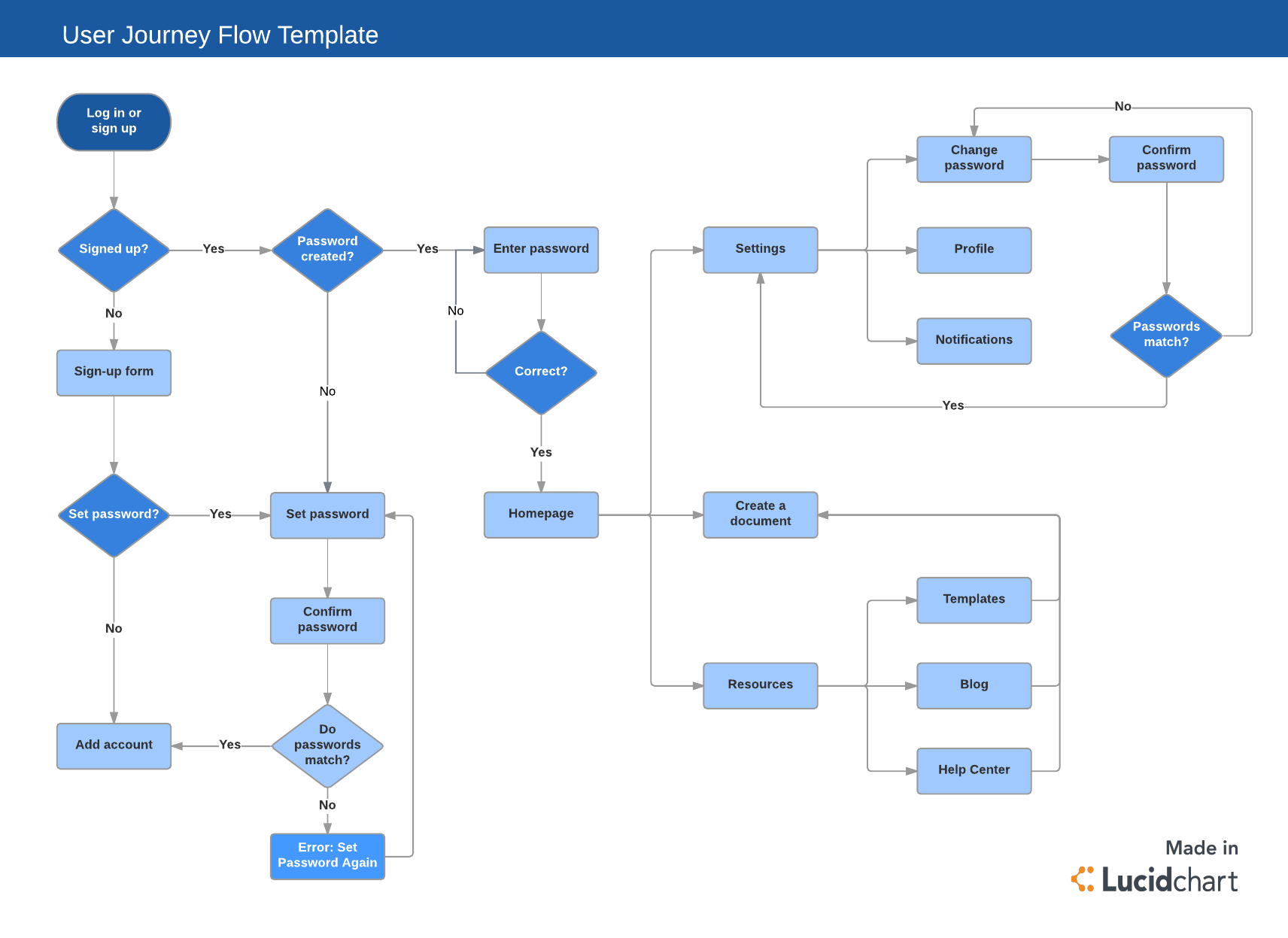

If tech companies want to remain relevant in a fast-paced, ever-changing industry, software development teams need a way to push their products forward as much as possible in a short time frame. The agile software development methodology was developed specifically for the rapid development and deployment of software.
Learn the stages involved in the agile software development life cycle (SDLC) to determine whether this process will fit your team’s needs.

During the first step of the agile software development life cycle, the team scopes out and prioritizes projects. Some teams may work on more than one project at the same time depending on the department’s organization.
For each concept, you should define the business opportunity and determine the time and work it’ll take to complete the project. Based on this information, you can assess technical and economic feasibility and decide which projects are worth pursuing.
Once you have identified the project, work with stakeholders to determine requirements. You might want to use user flow diagrams or high-level UML diagrams to demonstrate how the new feature should function and how it will fit into your existing system.

From there, select team members to work on the project and allocate resources. Create a timeline or a swimlane process map in Lucidchart to delineate responsibilities and clearly show when certain work needs to be completed for the duration of the sprint.
For example, our product team created the following diagram to visualize how the team would implement the Print & Ship process for a business. The columns show each team member’s workload, and the rows show the work completed during each sprint.

Once a team has defined requirements for the initial sprint based on stakeholder feedback and requirements, the work begins. UX designers and developers begin work on their first iteration of the project, with the goal of having a working product to launch at the end of the sprint. Remember, the product will undergo various rounds of revisions, so this first iteration might only include the bare minimum functionality. The team can and will have additional sprints to expand upon the overall product.
You’re nearly ready to release your product into the world. Finish up this software iteration with the following steps:
This phase involves ongoing support for the software release. In other words, your team should keep the system running smoothly and show users how to use it. The production phase ends when support has ended or when the release is planned for retirement.
During the retirement phase, you remove the system release from production, typically when you want to replace a system with a new release or when the system becomes redundant, obsolete, or contrary to your business model.
Within the agile SDLC, work is divided into sprints, with the goal of producing a working product at the end of each sprint. A sprint typically lasts two weeks, or 10 business days. The workflow of a sprint should follow this basic outline:
In addition to sprint planning meetings, your team should gather for daily meetings to check in and touch base on the progress, hash out any conflicts, and work to keep the process moving forward.
Remain flexible and open to changes, too. After all, this methodology is called “agile” for a reason.
Bottom line: The goal of the agile software development life cycle is to create and deliver working software as soon as possible.
Plan your projects and keep them on track with Lucidchart.
Lucidchart, a cloud-based intelligent diagramming application, is a core component of Lucid Software's Visual Collaboration Suite. This intuitive, cloud-based solution empowers teams to collaborate in real-time to build flowcharts, mockups, UML diagrams, customer journey maps, and more. Lucidchart propels teams forward to build the future faster. Lucid is proud to serve top businesses around the world, including customers such as Google, GE, and NBC Universal, and 99% of the Fortune 500. Lucid partners with industry leaders, including Google, Atlassian, and Microsoft. Since its founding, Lucid has received numerous awards for its products, business, and workplace culture. For more information, visit lucidchart.com.